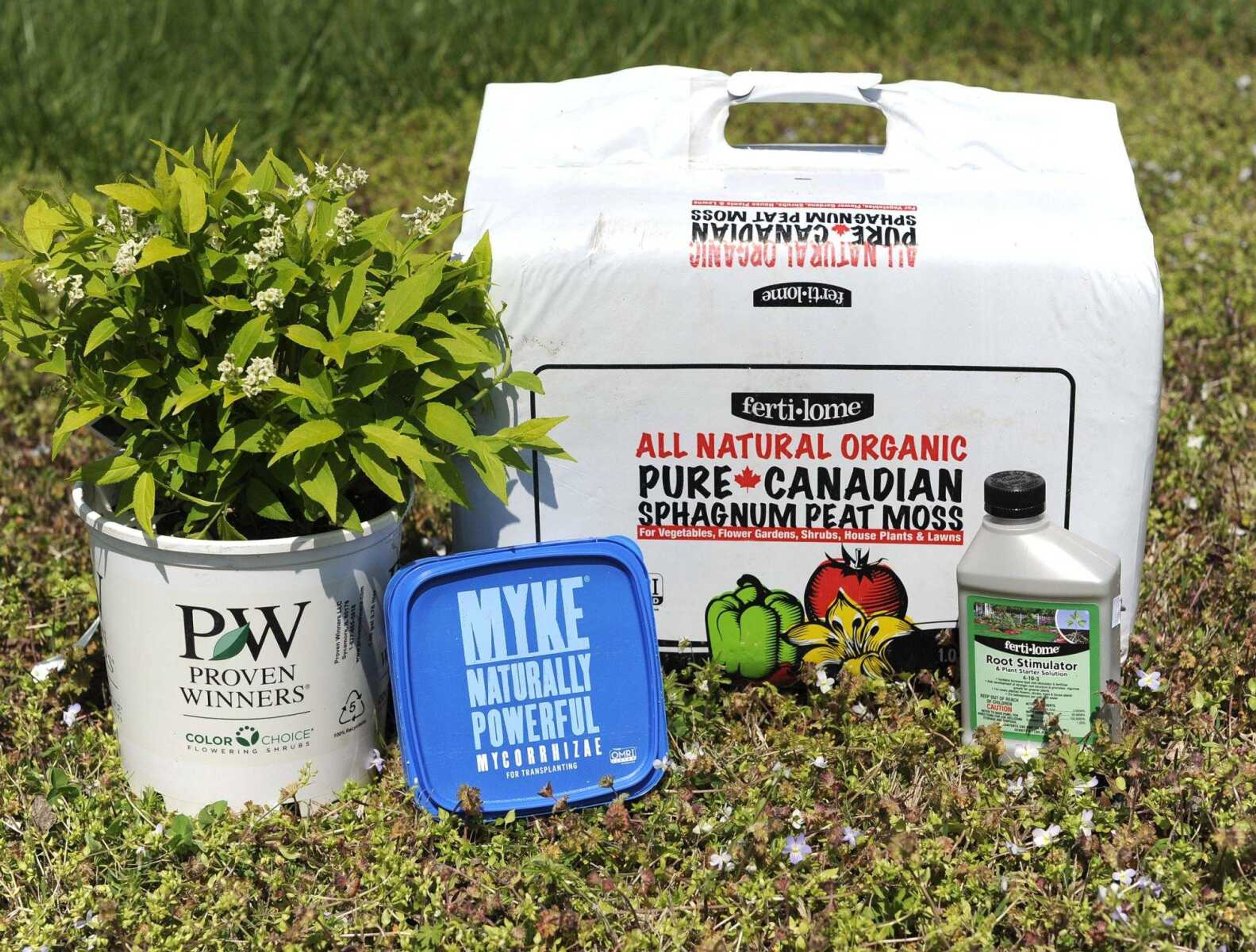Like myke
I would like to write about the gardening beneficial organism called mycorrhizae. Since it is very easy to make a mistake when spelling this word, I will refer to it as myke. Myke is a beneficial fungus that attaches itself to plant roots. It is found naturally in undisturbed soils. But in soils that have been disturbed during the construction process around homes and buildings, or through farming activities it is not present, or it is present in very small amounts...
I would like to write about the gardening beneficial organism called mycorrhizae. Since it is very easy to make a mistake when spelling this word, I will refer to it as myke.
Myke is a beneficial fungus that attaches itself to plant roots. It is found naturally in undisturbed soils. But in soils that have been disturbed during the construction process around homes and buildings, or through farming activities it is not present, or it is present in very small amounts.
After attaching to the roots of plants, the fungus grows. As it grows and extends through the soil, it absorbs moisture and nutrients from the soil and passes them on to the plants that the fungus is growing on. This enhances the growth of the host plant because of the nutrients and moisture passed on to it.
The host plant provides a "home" for the fungus. It also provides nutrients that the fungus needs to survive and thrive.
Therefore the host plant and the myke are both receiving and giving beneficial nutrients and physical support to each other. This is called a symbiotic relationship in the biological world.
Since most of the landscape plants are planted in gardens and around homes and buildings where the soils have been disturbed, the myke is not present, or is present in very small quantities. Introducing myke into landscape soils when planting landscape plants will be both beneficial during the planting and the establishment phase of plant growth, but will also be beneficial during normal growth phases throughout the growing season.
Myke is or can be found in relationship to most plants that grow in the Heartland. But there is one group of plants that the myke will not colonize with, the Ericaceae plant family (rhododendrons, azaleas, and blueberries).
The easiest way to introduce myke is during the planting phase of shrubs and trees in your landscape. First dig a hole in the soil where you are going to plant the new plant. The hole should be about 2 times the diameter larger than the root wad of the new plant.
Make sure that you rough up the sides of the hole and the bottom of the hole. Do not dig the hole deeper than the depth of the root wad of the plant to be planted. The top of the root wad of the planted plant should be about 1" above the surrounding soil when finished planting.
Take the soil removed from the hole and mix peat moss with the soil. The ratio should be about 2/3 soil to 1/3 peat. You should also rough up the bottom of the hole and the sides of the hole with a spade or trowel.
If the plant to be planted is growing in a pot, remove the root wad from the pot, loosen up the root wad, moisten the root wad and daub the myke on the surface of the root wad. Next place the root wad in the hole, and back fill with the combination of soil and peat moss. Be sure that the top of the newly planted plant is about 1" above the surrounding soil.
If the plant to be planted is "balled and burlapped" make sure the top surface of the root ball is 1" above the surrounding soil.
After planting water in the newly planted plant with a low concentration of a rooting fertilizer such as 4-10-3. The combination of myke and starter fertilizer should get your newly planted plant off to a very good start.
Connect with the Southeast Missourian Newsroom:
For corrections to this story or other insights for the editor, click here. To submit a letter to the editor, click here. To learn about the Southeast Missourian’s AI Policy, click here.









